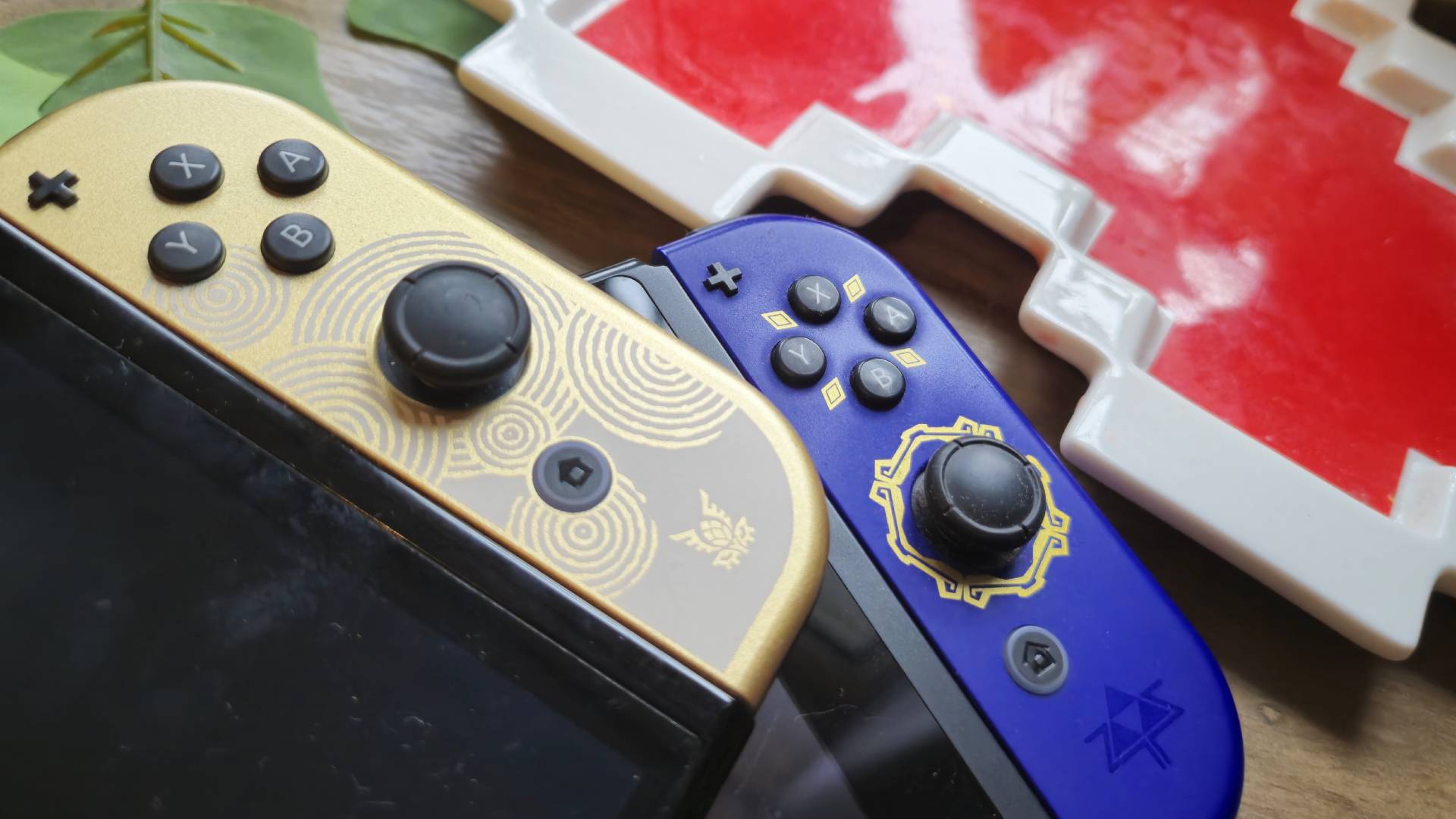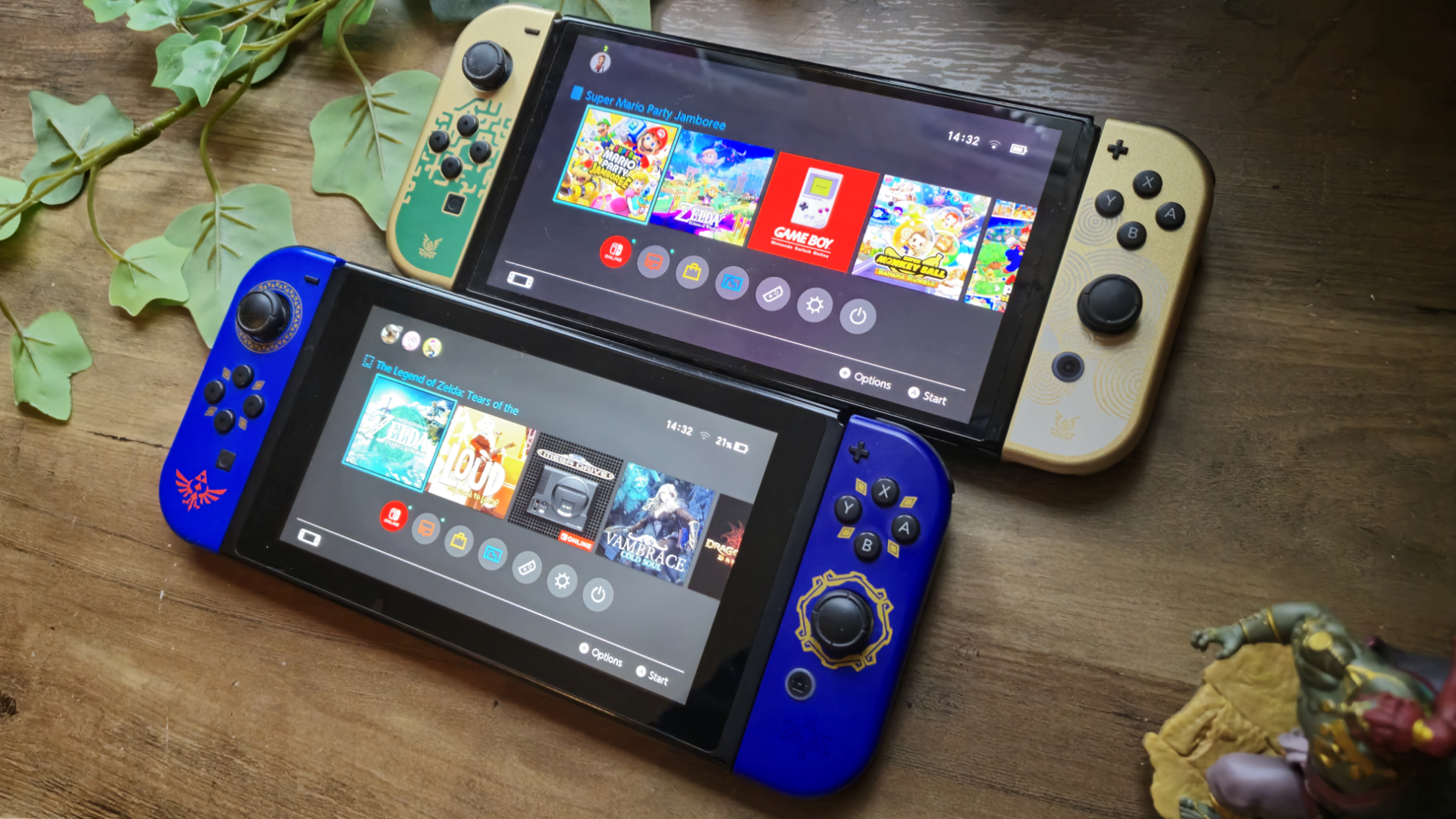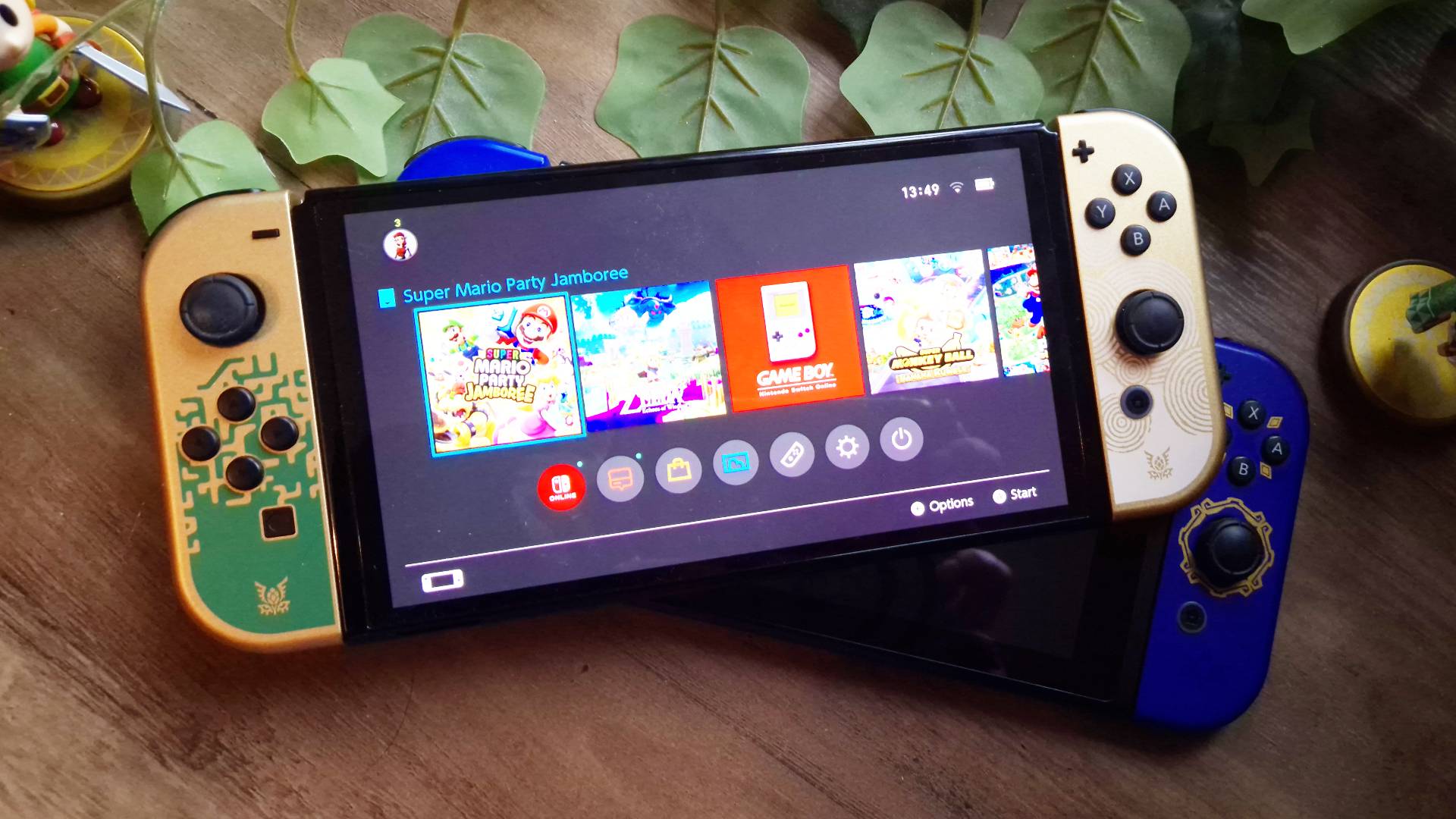
Just about every Nintendo fan, and their mom, is gearing up for the official reveal of the Nintendo Switch follow-up, and I’m no different. Every stern warning from Nintendo that there ‘will be no mention of the Switch successor’ in its most recent sea of Direct presentations has only made my anticipation grow. The never-ending rumors and leaks surrounding its suspected hardware upgrades, which have been circling for what feels like an eternity, have only made things worse.
Even the idea that we could see double the RAM at 8GB for the Switch 2 is enough to make me salivate at the mouth. However, it’s the upcoming console’s display that has me excited more than anything else. It’s highly likely we’ll see a bigger screen this time around. As someone who mostly plays the Switch in handheld mode, that’s an exciting prospect. Putting out a bigger screen has also been a common practice with every new gaming handheld Nintendo has released. But if that bigger screen isn’t an OLED display at launch, I may just hold out for something greater.
Reports of the Switch's 2 likelihood of an LCD display began when analyst Hiroshi Hayase spoke to Bloomberg earlier this year. He stated that the handheld will feature an 8-inch LCD screen over an OLED display. While not confirmed by Nintendo, tech brand Sharp, also shared to Bloomberg that it was working on an LCD display for a "new gaming console" which could very well be the upcoming Switch 2.
Don’t get me wrong, I adored my original Switch and its stunning 6.2-inch LCD panel. It made games like Super Mario Odyssey and Splatoon 2 look as vivid and saturated as Nintendo games are known for. The original LCD display is so lovely, it was enough to turn me into a handheld convert. Unless I was ruining friendships in Super Mario Party, I always had the LCD Switch in the palm of my hands.
However, four years into the Switch’s lifespan Nintendo brought out the Nintendo Switch OLED model. There was no major performance upgrade to be seen here. Instead, the OLED Switch introduced a bigger base storage capacity, taking it up to 64GB, new colorways and most importantly, a bigger 7-inch OLED screen. I didn’t pick up an OLED of my own until I was tantalized by the The Legend of Zelda: Tears of the Kingdom model. A lot of friends scoffed at its garish gold and green color scheme but as a long-time Zelda fan, I couldn’t pass it up. My LCD Switch, and its attached Skyward Sword HD Joy-Cons found a spot on my Zelda display shelf, and it was there that I truly realized just how much the Switch needed that screen upgrade.
Once you go OLED you can't go back
Tears of the Kingdom looks great regardless of whatever Switch you own, but that’s more a testament to director Hidemaro Fujibayashi’s development team than anything else. Once you pop the cart into the OLED, the green hues of Link’s new default outfit pop, as do the Ghibli-inspired aesthetics of Hyrule and its NPC-dense environments.
Even the Switch HUD and Nintendo Switch Online game libraries stand out on the OLED screen. It wasn’t just Tears of the Kingdom that cemented my love of the Switch’s OLED upgrade either. Playing through the then-new Mario Kart 8 Deluxe DLC stages, popped on the highly saturated display, making the racing experience truly electric during that first OLED test drive.
All of this made looking back at the LCD Switch like trying to rekindle a broken friendship. The LCD screen does the job and was great for the time. However, it fails to live up to the expectations, and new experiences introduced to me by my new OLED-integrated best friend. With that in mind, I can’t imagine going back to an LCD screen for the Switch 2.

The best tech always comes at a price
Nintendo likes to keep costs low for its consoles. At the time of the Switch’s launch, competitors like the PlayStation 4 cost around $399, a whole $100 more. By not adding the biggest hardware improvements, the focus can be put back on the first-party game library instead, which even the PS5 and Xbox Series X/S can’t match. If and when Nintendo does introduce hugely significant upgrades, like with the OLED Switch, it typically comes years into the console’s lifespan, and not from the get-go.
The Nintendo 3DS, for example, launched a 800×240 TNS LCD display, way back in 2011. This was impressive tech for its time, especially with the added 3D slider, but the top screen suffered greatly from awkward viewing angles. The introduction of the IPS LCD displays found on some later 3DS models, like that of the New Nintendo 3DS XL, fixed that problem and brought with it better contrast and colors to boot. If I ever want to dive back into a session of Game Freak’s 3DS-exclusive HarmoKnight again, the extra clarity of the IPS screen of my New 3DS XL will make it my 3DS of choice every single time.

Since the original Switch launched in 2017, other handhelds have embraced OLED upgrades of their own. The Steam Deck, which was released with an LCD screen in 2022 got an OLED upgrade only a year later. The Steam Deck OLED is a major improvement over its predecessor, just like the Switch. However, as is the case with any hardware upgrades, this made the OLED models more expensive than its LCD counterpart, and much pricier than both Switch models.
I grew up as not just a Nintendo fan, but one who had to stick to a budget, so I appreciate the hardware always being more affordable than its current-gen counterparts. That being said, if the Switch 2 forgoes the OLED screen just for something bigger, I may wait for the inevitable upgrade years into the upcoming handheld’s lifespan to get the inevitable best Switch 2 experience.
Check out our list of the best Nintendo Switch accessories if you're already experiencing the joys of having a Nintendo Switch OLED. Picking up the best Nintendo Switch charger will also ensure your Switch has plenty of juice. Keep an eye on the best Black Friday Nintendo Switch deals if you want to find your next favorite Switch game too.







